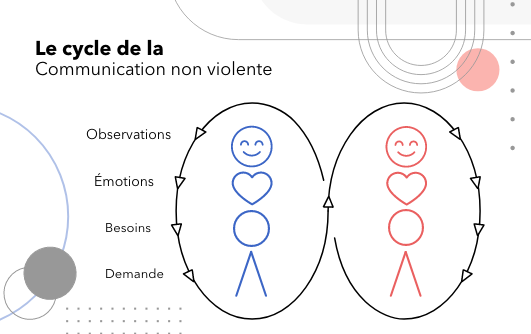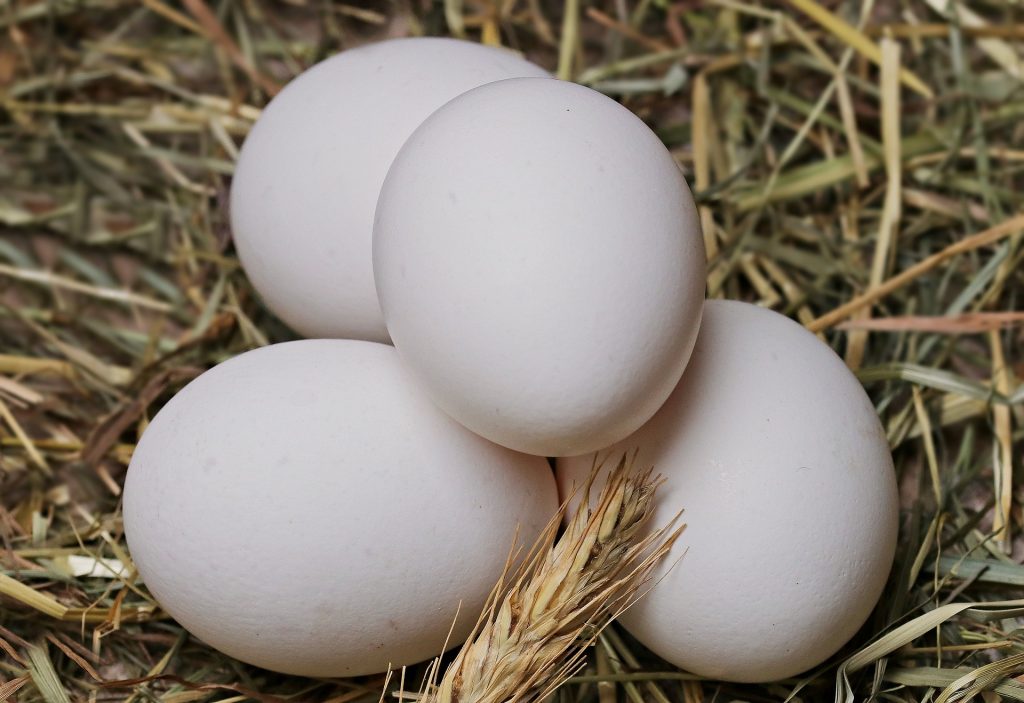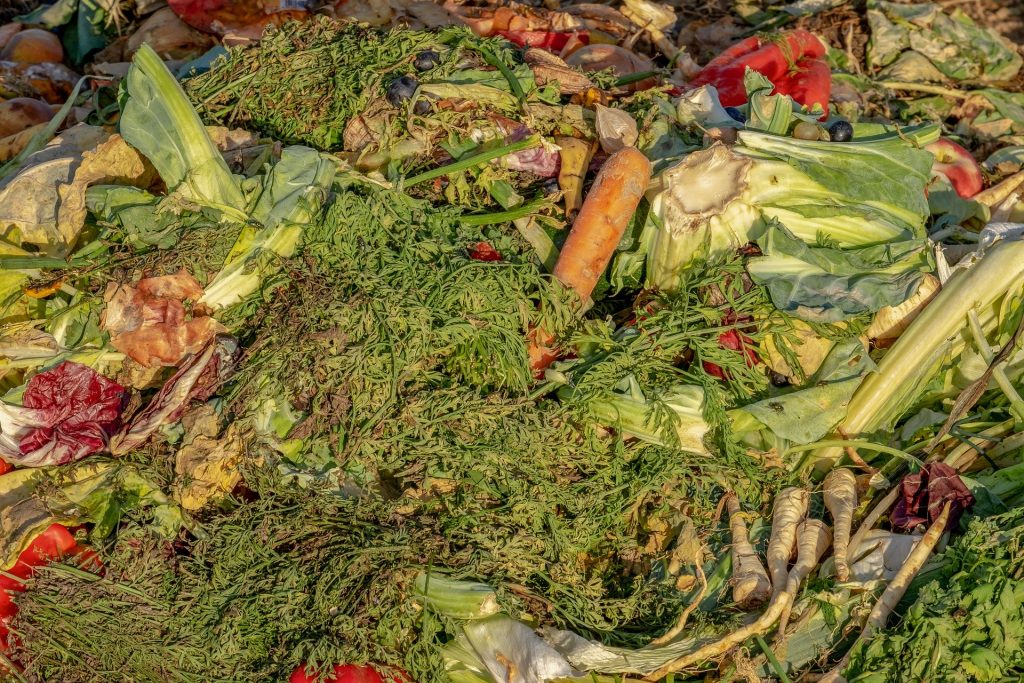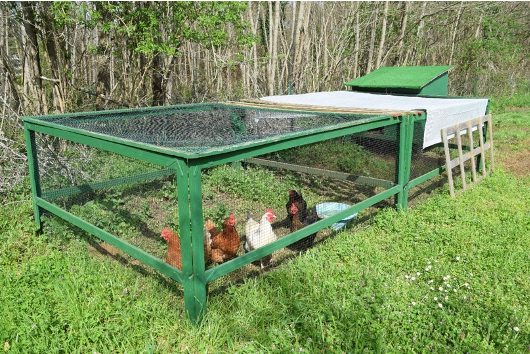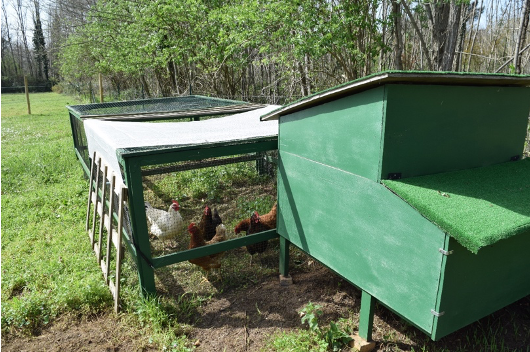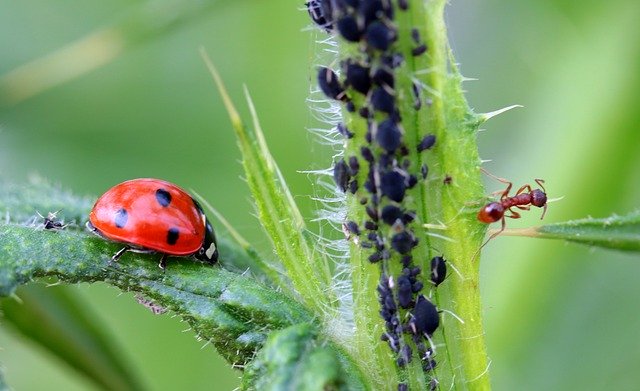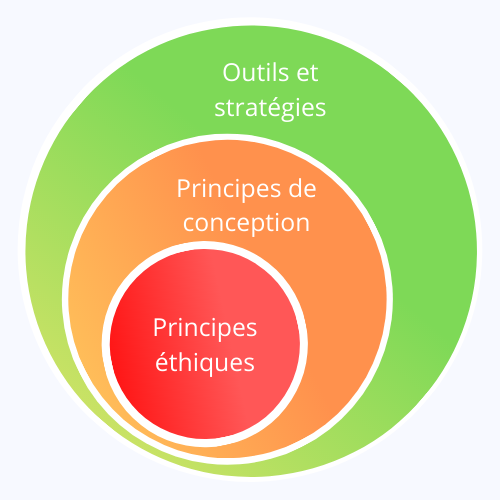Design Principle #1 : Observe & interact
Beauty is in the eye of the beholder
This article has been translated automatically with DeepL. You may find language incoherences but we hope your comprehension won’t be compromised.
Esta serie de artículos explora los 12 principios de permacultura de David Holmgren con más detalle.
Permaculture allows us to design systems that influence nature without fighting it, that rely on it without trying to dominate it. The beauty and difficulty of designing permaculture systems lies in the clever balance that must be struck.
To find it, the first step is already to understand in depth the environment in which the system must fit. This step revolves around two key points: observation of nature and interaction with it. Observation allows us to understand how the environment functions globally and interaction allows us to go further by determining the underlying mechanisms that govern the environment.
3 scales of observation
The observation takes place on several levels and on different time scales. At each scale, questions appropriate to the objectives should be asked.
General and surrounding elements. The objective is to understand the context in which the system is set, its environment. If you are starting a vegetable garden, analyse your climate, the sunshine, the surrounding agricultural activity. If you are starting a business, ask yourself about the local socio-economic fabric, the other existing businesses around you. This scale will allow you to have an overall vision of the environment in which you will create your system.
Then there are the system-specific elements. For a garden, these include soil types, wind intensity and wind corridors, shading areas and water points. This is the second scale: it focuses on the system to obtain its general characteristics.
Finally, it is necessary to observe the details of the system and its environment, such as the plants that grow naturally on your land (which will serve as bio-indicator plants), the fauna that settles naturally, the evolution of rainfall over the months. At this level, all information is good to take in because it is by interacting with these elements that you will understand what function they perform and how they perform it. Careful observation is necessary in order to detect natural systems that can inspire you:
« Some really effective systems work so well that they go unnoticed. This is the case with free environmental services, such as air and water purification, soil remediation, and all effective design solutions that go unnoticed until they no longer work because they have not been properly used.«
David Holmgren
Armed with this knowledge, you will then be able to design your system by adding elements that will perform new functions, modifying some elements to make them more efficient, and leaving the ones untouched in order to preserve overall stability.

Two examples
In the garden
Let’s imagine that you want to start a vegetable garden to have a few vegetables to harvest during the summer.
First of all, you can identify the climate of your region in order to know globally which types of plants will flourish there. For example, if you are in the mountains, perhaps tomatoes will have difficulty growing if they are not protected from the cold at night. Similarly, it may be interesting to find out if others around you have a vegetable garden to help you choose plant species that are adapted to your environment. Also look for seed artisans to find farmer and local seeds.
Then, you can identify the different areas of your land: those where there is shade, those where there is wind, the slightly raised areas, the type of soil associated with them. All these elements will help you choose where to plant your different vegetables. Some appreciate shade, others only grow in rich, humus-rich soil and some need dry soil to avoid rotting (onions to name but a few).
Finally, take a close look at your garden and your surroundings. If aphids are present in your roses, it will be wise to choose plants that are not sensitive to them in the first instance. If you see some bees, do not hesitate to sow some honey plants, they will be delighted and you will ensure the pollination of your vegetables. Bio-indicator plants can be very useful at this stage: observe which plants grow naturally and without intervention on your soil, they will give you information about the soil! (An article will be published in the « Vegetable Garden & Garden » section on bio-indicator plants)
All this will allow you to choose the ideal plants for your vegetable garden and determine the best places to plant each of them! You can then combine this information with the Tomato & Basil Plant Companion tools!
In trade and economy
Now imagine that you want to open a bicycle shop in your town.
First of all, you can find out about the bicycle market in your area: is it more oriented towards sales, rentals, repairs? Is there any seasonality? Do the inhabitants of your town or city look for city bikes or mountain bikes? Above all, try to understand why the market is the way it is.
Once the general elements have been determined, let’s assume that your market is more oriented towards rentals because you are in a tourist region. It is now time to find out about the competition in your city and determine the ideal type of bike for your customers. Perhaps other stores rent touring bikes but do not offer e-bikes.
Finally, find out the details: where tourists go, their budget, their interests, the key personalities in your area (mayors, managers of tourist agencies) … All the details necessary to best adapt your offer to your clientele and create a local network.

